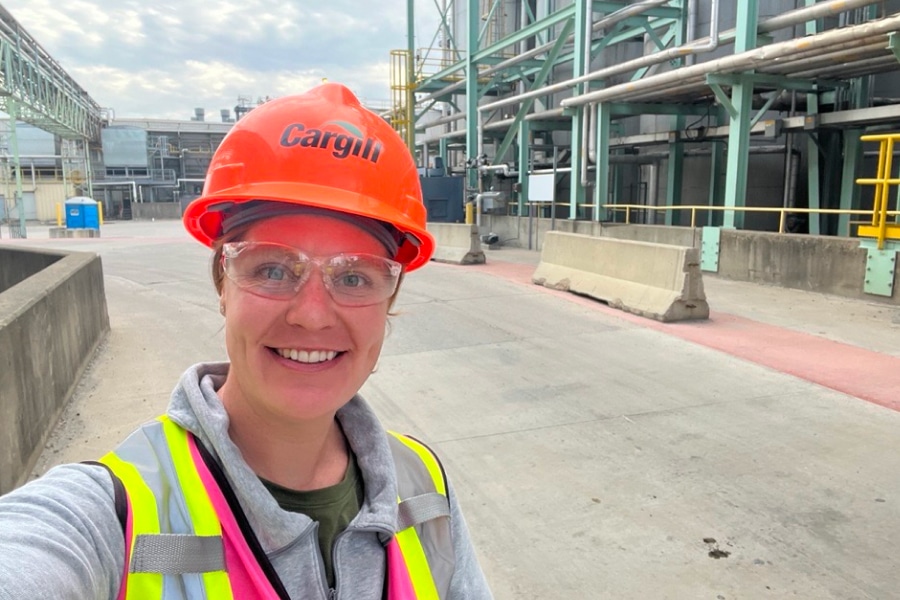Peter Martin is a shining example of the type of early-career professional the construction industry covets.
Initially uninterested in the industry coming out of high school, Martin, by way of pursuing a mechanical engineering degree, eventually grew to love construction by learning how software and nascent technology are transforming the way the world is built.
Since 2017, Martin has worked at Combs Consulting Group, a San Antonio, Texas-based security system and audio-visual firm that works with architects on implementing these systems in building designs. Martin is the firm’s BIM Studio Leader.
Martin was also one of the individuals who “figured out” Bluebeam Revu at Combs and helped implement the software firm-wide.
“I use Bluebeam all day, every day,” Martin said. “It’s the second thing I open after my email in the morning and it’s the last thing I close when I go home for the day.”
The Bluebeam Blog interviewed Martin about working in construction, his use of Revu and what excites him about the future of construction technology. Edited excerpts:
Bluebeam Blog: What inspires you about working in construction?
Martin: One of the most rewarding things being in this industry is I can drive past a building and recognize it and go, “I worked on that building.” That is very satisfying and exciting. There’s also a ton of potential in software to really push the envelope of what you can get into a computer model and get it to interact with other things.
My perspective has changed from this being kind of a dirty, regulated, slow-moving industry to one that is really full of potential, moving really quickly toward digitalization.
Bluebeam Blog: What excites you most about the future of construction technology?
Martin: I think the connectivity of the different disciplines. I’ve heard stories from 10 years ago where a building floor plan would change and they would have to drive over to an architect’s office and get a CD and then drive back and load it up and print them out and drive across town again.
The way you can program building software to produce what you can see in your head is really impressive. Finding ways to get a computer to do most of the grunt work so that the humans can focus on fine-tuning design and putting the human touch really on built spaces and environments in that—I’m excited about that.
Bluebeam Blog: What Bluebeam Revu workflows do you use?
Martin: We use Bluebeam Studio Sessions for our projects. The CAD technician will upload a blank set of building plans and we’ll give the security, data infrastructure and audio-visual designers access to the session. They’ll do all of their red lines and markups on a single combined set of documents. They can work whenever they need to or at the same time and then they can look at each other’s drawings and make notes on each other’s plans.
Then when they’re done, they say, “Hey, CAD technician, I’m done with my red lines.” I then go in and I put their designs into a Revit model. We use one Studio Session throughout the life of the project.
We use Bluebeam as a hub to find everything we need for that project instead of having to search through a bunch of folders. It’s all centralized from Bluebeam.
Bluebeam Blog: What was the process like before Bluebeam?
Martin: Each designer would print out a full size or half size set of drawings from our plotter with each background update. They would do their red lines in red pen or marker and make a huge stack on the CAD technicians’ desk. You’d look at the piece of paper and you’d look at their computer and you’d go back and forth.
With each background update, it was another full set of drawings. There was plotter downtime. There was a line for people printing out projects. It was all paper-based.
Bluebeam Blog: What have you noticed has been the biggest impact of going digital?
Martin: It’s speed and organization. Yes, we did save about 60% of the paper we use per year. We’ve created tool sets with our symbols and legends sheets for our projects. There’s no guessing what someone’s intent is when they have messy handwriting. There’s no mistaking their words. They type it out on the paper, so it’s easier to understand design intent for the CAD technician.
It’s also easier to collaborate across disciplines. If a security designer places a camera on a drawing, they don’t want to have to walk across the office or email it to a different office and say, “Hey, I moved this camera.” Instead, the infrastructure designer can say, “This is your drawing. This is my drawing. They’re open in the same window on Bluebeam.”
Bluebeam Blog: What advice would you give other companies that are first discovering Bluebeam?
Martin: I would say get plugged into a Bluebeam User Group. Watch YouTube videos that show how you can use workflows. Read the Bluebeam Blog, which runs through dashboards and gives testimonials from other companies.
But really, be willing to put the time in up front. The learning curve is really quick. From what I’ve seen in our office and heard from other offices, it’s 100% worth it. It completely revolutionizes your workflow and your efficiencies.











